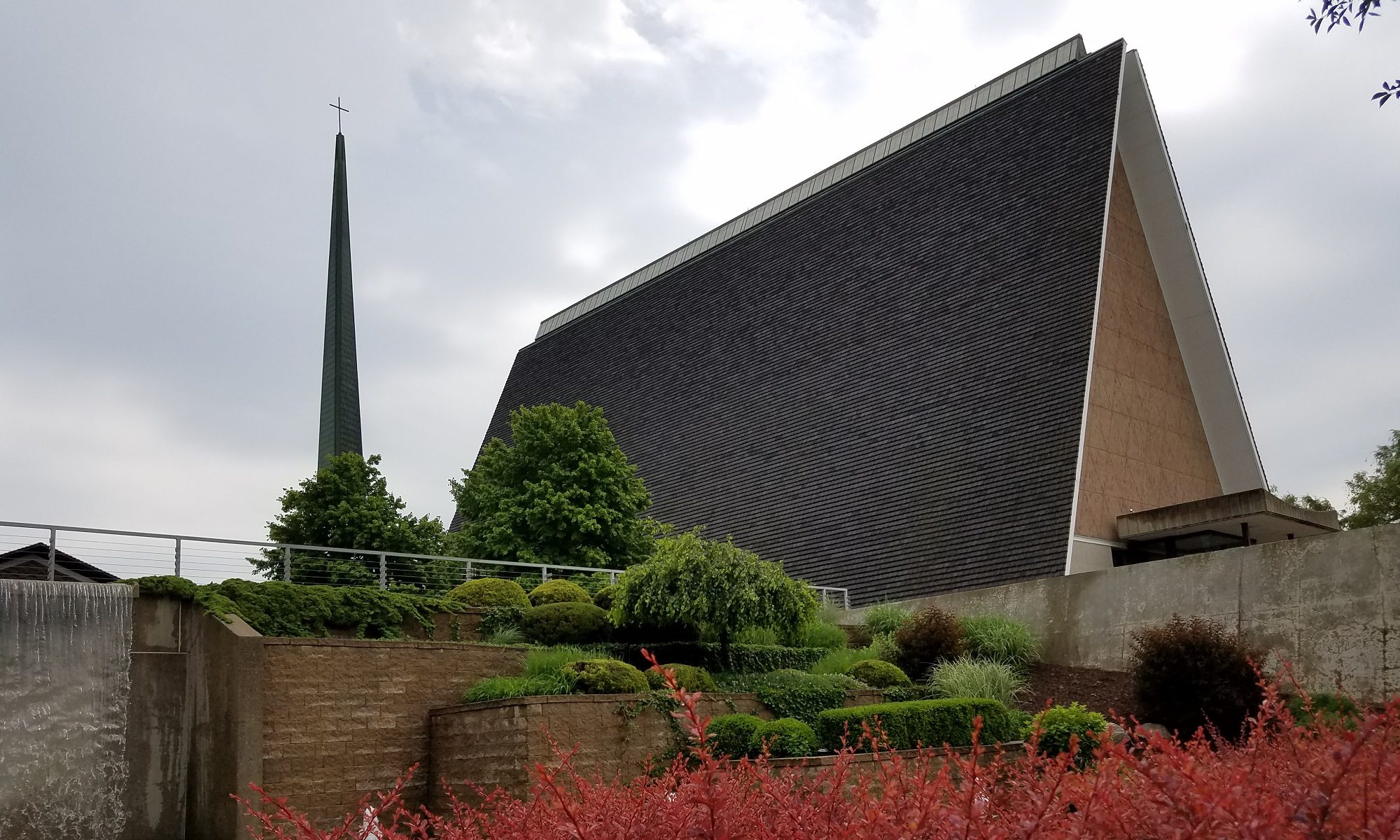Yesterday’s convocation was led by Prof. Adam Koontz, who you may recognize from a recent post about his successful PhD defense (he won’t officially become Dr. Koontz until after his degree conferral in May). Sometime in the fall of 2020 we’ll have him lead a convocation on his dissertation topic, but today’s presentation on church planting is thanks to his church planting experience in Pennsylvania, where he served as a pastor before being called to serve here at CTSFW this past summer.
A proper understanding of church planting begins with 1 Corinthians 3:5-7: “What then is Apollos? What is Paul? Servants through whom you believed, as the Lord assigned to each. I planted, Apollos watered, but God gave the growth. So neither he who plants nor he who waters is anything, but only God who gives the growth.”
He talked both Gospel-focus as well as tactics. Visitation was central to his church-planting duties, along with planning and strategizing. He noted that, as a pastor, you don’t know how much you take for granted in a church until you’re planting. In a church plant there are no set tasks and duties, no established power networks or overarching culture to the congregation as a whole as the congregation is just individuals at this point. You must be perceptive of the cultures of the individuals you are reaching. When a student asked about catechesis, Prof. Koontz explained that he didn’t start a general catechism class or program, but rather visited with individuals for catechesis. He had a standard plan he followed—work through the six chief parts—but then he spent more or less time on each part as per each individual and family unit according to their questions and concerns.
Ultimately, he found that church planting makes it extremely clear that the Gospel is central. Because you have to focus on people who don’t currently go to church, you begin to focus your pastoral tasks: training the laity on basic apologetics, and on the communication of the message that people are sinners and Christ is the Savior of sinners. Prof. Koontz noted that his established congregation also came to understand the centrality of the Gospel much better after the work of planting a new church.
“The effect on the mother church is, in my experience, nothing but good,” Prof. Koontz said. “I did not personally encounter any jealousy over time because they understood this was for the sake of the spread of the Gospel.” They were excited by their connection with it, from active participants all the way to the shut-ins. They were starting a new church. That kicked back into the established congregation and made them much more excited about evangelism in their own place.
